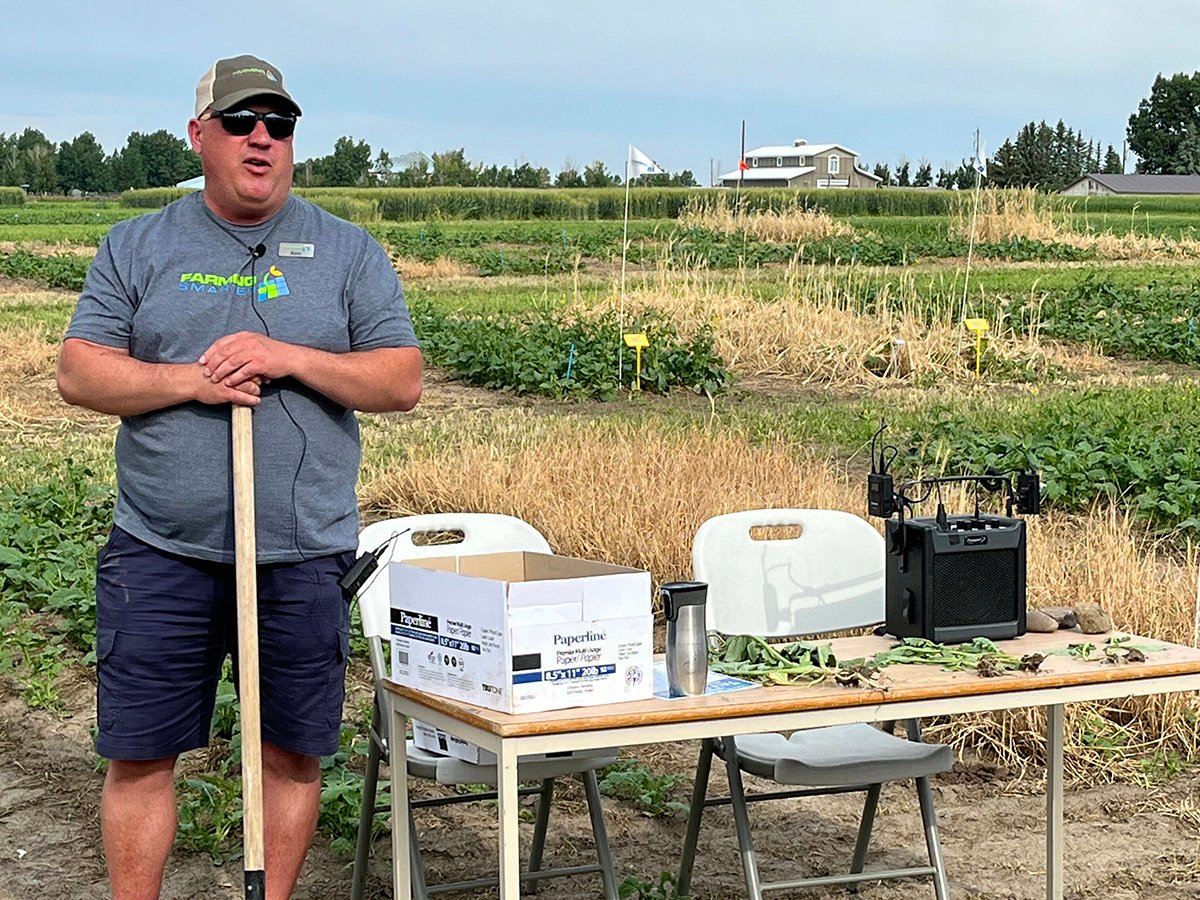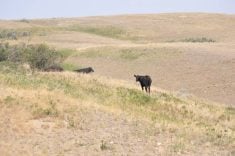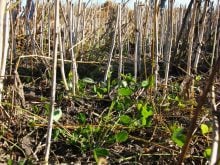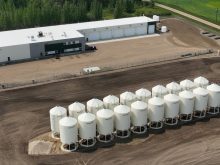Cover crops have their champions and detractors in southern Alberta.
Some farmers perceive yield risks, increased costs and management challenges, but the practice can also help fight wind erosion, which happens frequently in this gusty region that sees winds reach as high as 120 km-h.
“If you work for the counties, they have been spending hundreds of thousands of dollars cleaning ditches out,” Ken Coles, executive director of Farming Smarter, said during a recent Farming Smarter field school day near Lethbridge.
Read Also
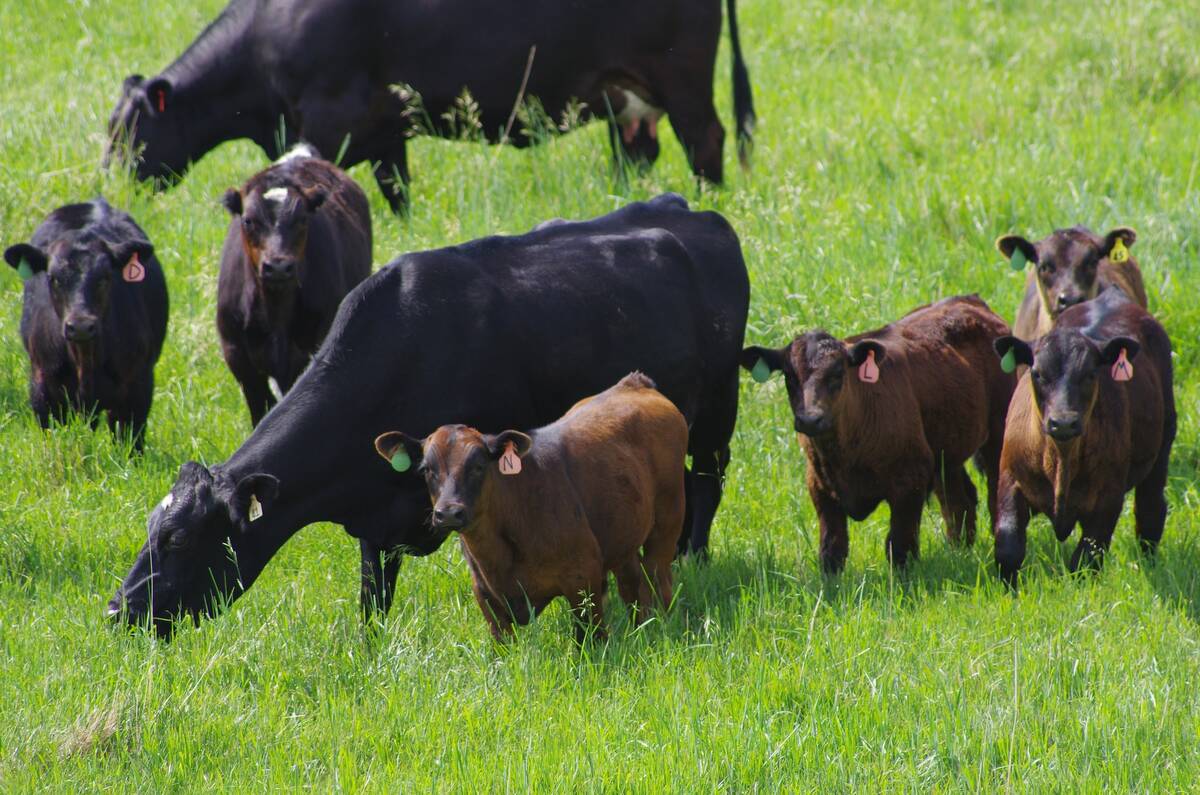
Manitoba extends Crown land rent freeze
Manitoba government links the continued rental rate freeze on grazing and forage leases to economic and environmental challenges facing the industry
“When we are talking about $20,000 an acre land now, we can’t afford to have that happen anymore. It’s exciting to have our potato friends here expanding, but any of those tillage-type or root crops that leaves the soil in a position that is vulnerable, we need to be doing more, and farmers are. They are doing a lot to try and improve and mitigate that soil.”
Farming Smarter initiated a Saving Soils program with the help of a grant from the Weston Family Foundation and funding from RBC Tech for Nature and Farmers for Climate Solutions. It provides a flexible way to study the intricacies of cover crops.
“It’s complicated,” Coles said.
“To be able to figure out how to do it right is another level of agronomy. We need good agronomists really digging in and finding out what works and what doesn’t.”
There is rarely enough moisture to grow the main crop in the semi-arid conditions of southern Alberta, let alone a cover crop.
This means that while they may be beneficial, they can also be challenging. Even in the irrigated sectors, the water is not turned on until mid-May, making for a compressed season.
“Cover crops can actually be damaging to your main crop,” Coles said.
“If it’s not done right, you are damaging the crops. Can it be done right? Absolutely.”
Variables must be considered, such as finding the right species, establishment, short-term soil moisture competition, controlling volunteer plants and disease issues and determining the right time to terminate cover crops to prevent yield deficits.
Coles said the best cover crops are perennials with the goal of maximizing the amount of ground cover during the growing season.
The alternative to cover crops in dry land is residue., which can be challenging for seeding. As well, specialized seeders are needed that can cut through heavy plant material.
“The goals you have set up are going to be dependent on every farm in every situation,” Coles said.
“For us, the goal of the program is to stop the land from blowing, and looking at sensitive crop issues such as potatoes, sugar beets, dry beans. We even have issues with seed canola.”
In the Saving Soils trials, fall rye was seeded Sept. 20 at three seeding rates between 25 to 100 seeds per sq. metre.
The researchers are also trying to match the cover crop species to local conditions and finding the right amount of residue cover that does not compromise the crop.
Some trial results showed cover crops did not compromise yield unless left to grow to a longer growth stage, indicating that careful management is crucial for potential yield benefits.
One unexpected result was a yield boost for dry beans when cover crops (fall rye) were terminated at a specific growth stage.
“That might be access to nutrients,” Coles said.
“What’s cool about the studies we do is sometimes we learn things that were unintended. In this case, we are doing adaptive research. If we learn something varied, we are going to switch it next year and completely change it until we find a solution that works.”
Coles championed fall rye as a strong option for a fall cover crop. It has the best winter hardiness, protects the soil in the fall and is a little easier to kill.
He said pre-seed burndown termination of cover crops significantly affected plant growth, emphasizing the importance of full canopy closure by the June solstice.
Flea beetle damage was less in plots with cover crops.
Coles also spoke about the benefits of cover crops in creating macro pores and improving moisture retention.
“To get into cover crops, you have to be willing to put in the time and understand the agronomic details in where you can get your wins.”

